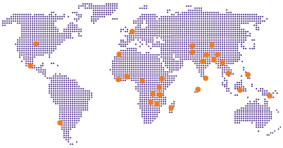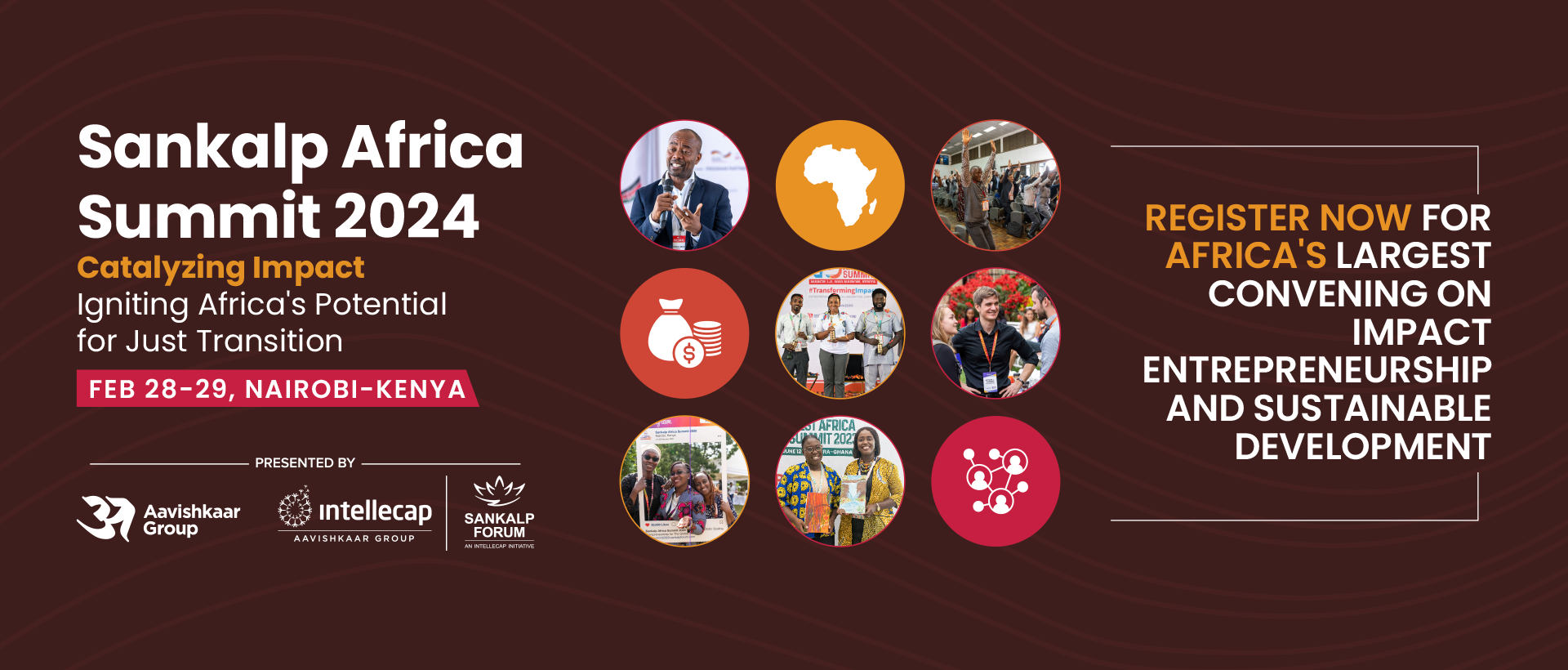Is the Indian textile and apparel industry reinventing itself ? Intellecap’s CAIF team writes for Forbes India

The Aavishkaar Group’s content partnership with Forbes India, one of the most reputed business publication allows our leaders from across the Group to share their ideas, insights and expertise through this yearlong special series.
This is the seventh article as part of this partnership.
Mumbai, July 1 Monday: Stefanie Bauer , Director, Circular Apparel Innovation Factory (CAIF) Intellecap and Divya Jagasia, Senior Associate Intellecap contribute the seventh story in the Forbes series June Issue as part of our yearlong content partnership with Forbes India
As a quick recap the first story titled ‘Instant loans: Alternate data to drive next financial inclusion wave’ in this Forbes Series was authored by Atreya Rayaprolu, Co-Founder and CEO Tribe3. The second story titled ‘Smart villages: Driving development through entrepreneurship’ was coauthored by Santosh Kumar Singh, Director, Intellecap and Ankit Gupta, Manager, Intellecap. The third story titled ‘What most women-led enterprises in India have in common’ was coauthored by Urvashi Devidayal, Sankalp Lead India and Prachi Maheshwari, Gender Lead Intellecap. The fourth story titled A Roadmap for Impact Investment In India’ was authored by Vineet Rai, Founder, The Aavishkaar Group. The fifth story titled ‘Overlooked area for Impact: Last Mile connectivity was authored by Vineeth Menon, AVP, Intellecap and the sixth story titled ‘How big data can optimise the Microfinance sector’ was authored by Manoj Nambiar, MD, Arohan.
India is a global manufacturing hub for textiles and apparel, coping with growing international and domestic demand. While the global textiles market is projected to reach $1.3 trillion by 2025, the domestic market for apparel is estimated to reach $59.3 billion by 2022 and that for textiles to grow to $223 billion by 2021. Thus as an industry it presently contributes 5 percent of India’s current GDP. Titled ‘Is the Indian textile and apparel industry reinventing itself ?‘ the authors talk about how with rising awareness of fast fashion and its impact on the environment, brands and manufacturers are willing to make a shift to circularity.
The authors cite serious cause for concern with over 60 percent of Indian textiles which are cotton based, and cotton cultivation consuming 25 percent of the world’s pesticides. Therefore with rising awareness of these challenges, globally and in the Indian context, the authors talk about how brands and manufacturers are willing to make a shift to circularity.
The authors then shed light on how organisations have started experimenting and innovating towards the circular textile economy goals and how forward-looking industry players are preparing themselves for ‘self-disruption’ to build a ‘Circular Fashion Industry’ globally, which means building a fashion industry that can phase out substances of concern, increase clothing utilisation, improve recycling and efficiently use resources, according to the New Textiles Economy report by the Ellen MacArthur Foundation.
The authors also speak about how India has also become a hotbed for circular startups, who are having a significant impact, with innovations ranging from alternative materials to innovative retail models. Be it Mumbai based Boheco which is trying to reduce and replace the use of cotton in textiles with hemp fiber, or Chennai based Trustrace who are using blockchain technology to improve transparency and traceability in the supply chain or even Lionise and Kiabza who are two startups innovating with new retail models of rental and second-hand clothing respectively, it is indeed exciting times for the Industry.
The authors finally conclude by showcasing how Corporate-startup partnerships have become more commonplace as both stakeholders begin to see the benefits of collaboration and how early movers in the Indian fashion industry are already taking active steps to engage with a pool of circular innovators. They opine that while a consensus is emerging to make an impact on the circularity agenda, to do that effectively, it is essential to accelerate collaboration between corporations and startups. While enablers have access to entrepreneurs, other innovation pools are identifying and driving ‘unlikely alliances’ between the two. This is a strong indication that the textile industry is beginning to embrace the circular economy through serious intent and not just an ephemeral sentiment. The movement is set to remarkably influence and will shape the core value system of the industry over the coming years.
View full article



